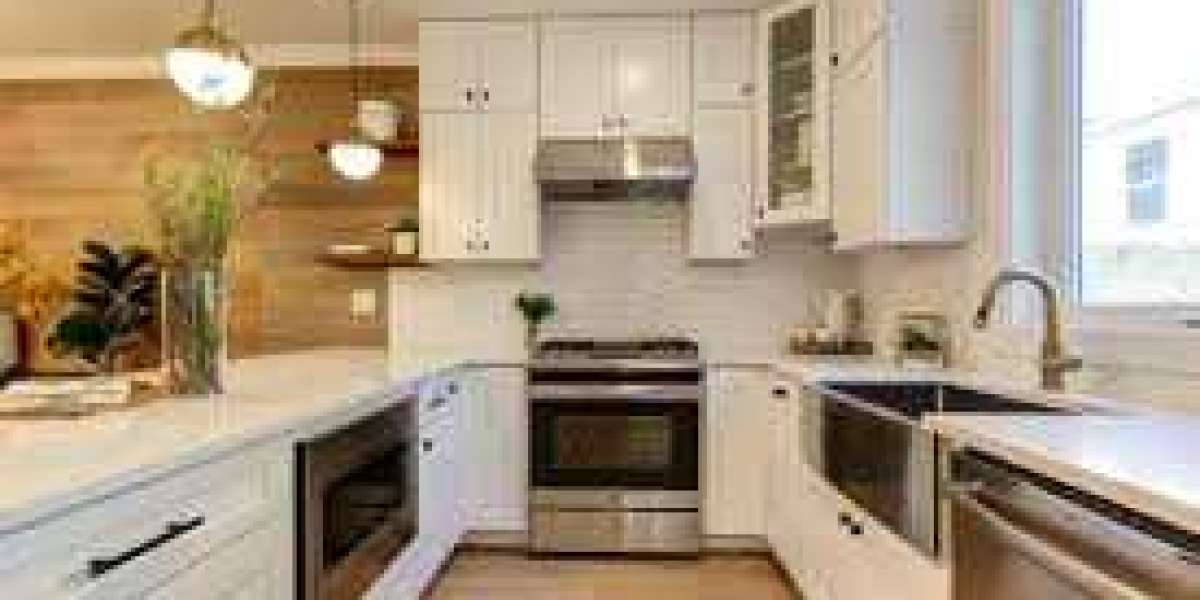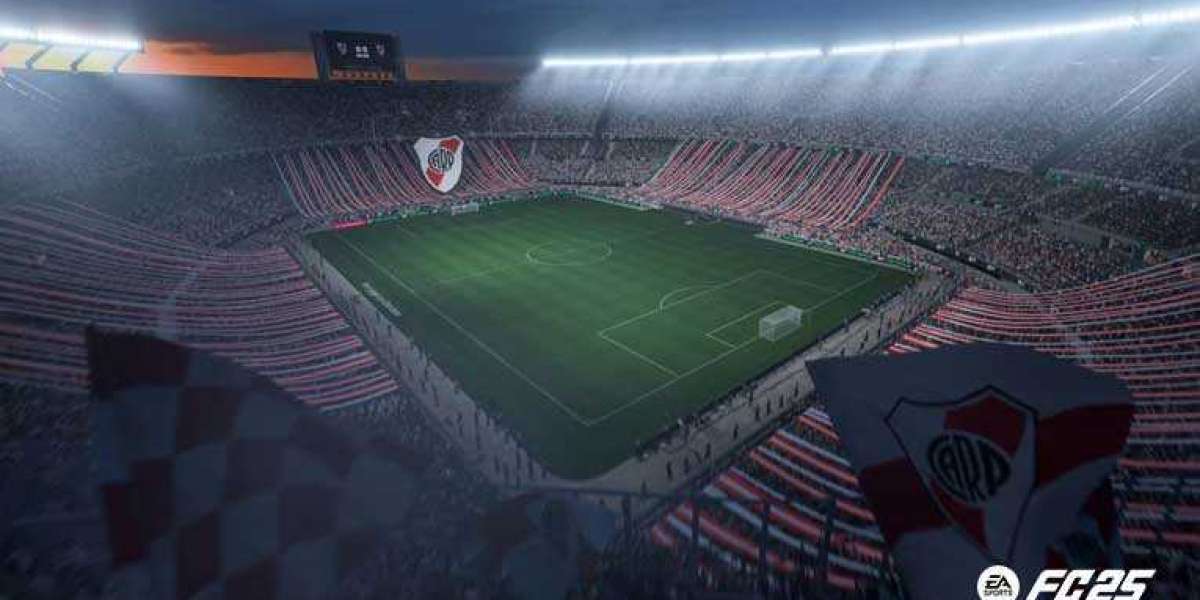Custom kitchens and cabinets provide tailored solutions that maximize both style and functionality in any home. They offer the ability to choose materials, finishes, and layouts that perfectly fit specific needs and preferences. By opting for custom cabinetry, homeowners gain personalized designs that optimize space and durability.These cabinets are crafted to last, using premium materials and expert workmanship. Whether for kitchens, bathrooms, closets, or specialized storage, custom cabinets can transform ordinary spaces into organized and aesthetically pleasing areas. The level of customization also allows for seamless integration with the overall home design.Beyond aesthetics, custom cabinets enhance everyday usability by catering to individual habits and storage requirements. This attention to detail ensures efficient workflows and better use of available space, making custom kitchens a practical and lasting investment.
Custom Kitchens and Cabinets Design Essentials
Effective kitchen design balances style, function, and efficiency. The layout must suit the user’s habits, materials need to match durability and aesthetics, and storage should optimize every inch without clutter.
Personalized Layouts
A custom kitchen layout considers the homeowner’s workflow and space dimensions. Common designs include L-shaped, U-shaped, and galley kitchens. Each layout affects movement between key zones: cooking, cleaning, and storage.Designers focus on the work triangle concept to minimize steps between the stove, sink, and refrigerator. Customization helps accommodate unique needs such as additional prep space or seating areas. Lighting placement and appliance integration also play critical roles in functionality.
Material Selection for Cabinets
Cabinet materials impact durability, maintenance, and appearance. Popular choices include hardwoods like maple or oak for strength and timeless appeal. Medium Density Fiberboard (MDF) offers affordability and smooth paint surfaces.Finishes vary from natural wood stains to high-gloss lacquers. The choice depends on style preferences and kitchen conditions, such as moisture levels. Hardware, like handles and hinges, must complement materials and provide reliable operation over time.
Innovative Storage Solutions
Smart storage improves kitchen usability and reduces clutter. Custom cabinets often include pull-out shelves, lazy Susans, and deep drawers designed for pots or spices.Vertical storage maximizes wall space through tall cabinets or open shelving. Integrated organizers and dividers support efficient use of drawers and cabinets. Lighting inside storage units enhances visibility without sacrificing design consistency.
Installation and Quality Considerations
Proper installation and material quality are critical to the functionality and longevity of custom kitchen cabinets. Attention to detail during setup and careful selection of components ensure a stable, durable kitchen environment. Staying updated with design trends also helps maintain both style and practicality over time.
Professional Installation Process
The installation begins with a thorough assessment of the kitchen layout, including precise measurements and wall condition checks. Walls must be prepared by removing old cabinetry and applying drywall, primer, and paint where necessary.Cabinets require accurate leveling and alignment, with secure attachment to wall studs to prevent shifting or damage. Quality installations typically take 2 to 3 days for standard kitchens but may extend depending on the home's size and complexity. Common issues include improper fit, uneven surfaces, or damage during delivery, so professional oversight reduces these risks.
Durability and Maintenance
High-quality custom cabinets use sturdy materials such as plywood or MDF with solid backs and hardwood dovetail joinery. Features like full-length undermount soft-close drawer glides improve functionality and reduce wear over time.Regular maintenance involves cleaning surfaces with mild solutions and checking hinges or drawer glides for smooth operation. Avoiding excessive moisture and direct heat exposure prolongs cabinet life. Inspecting cabinets periodically ensures that minor issues are addressed before they worsen.
Trends in Custom Cabinetry
Current trends emphasize practical features like soft-close hardware and easy-access storage solutions, such as pull-out shelves and corner carousels. Matte finishes and neutral color palettes remain popular, blending aesthetics with timeless appeal.Designers often integrate mixed materials, combining wood with metal or glass accents for a modern look without sacrificing durability. Custom cabinetry also increasingly incorporates eco-friendly materials, reflecting consumer demand for sustainability alongside functionality.








